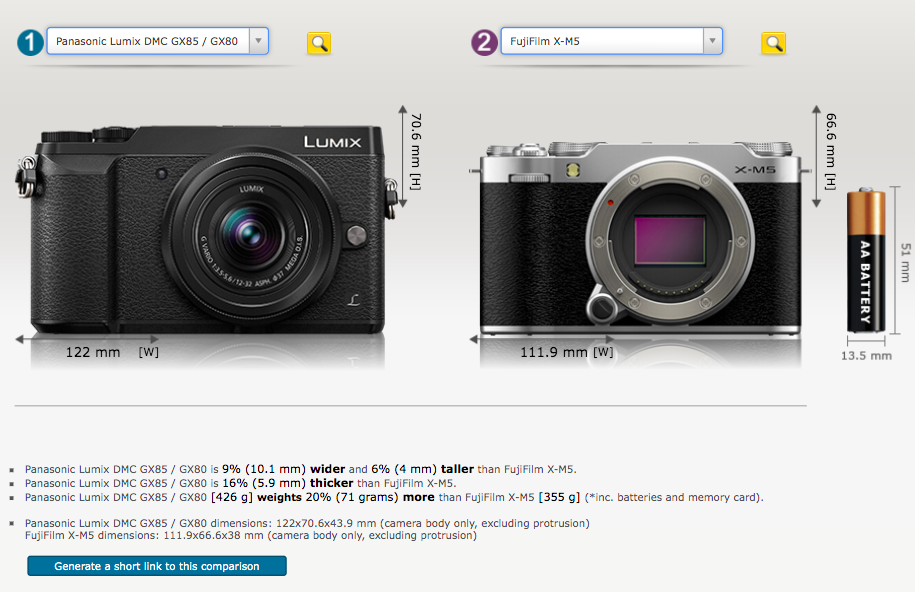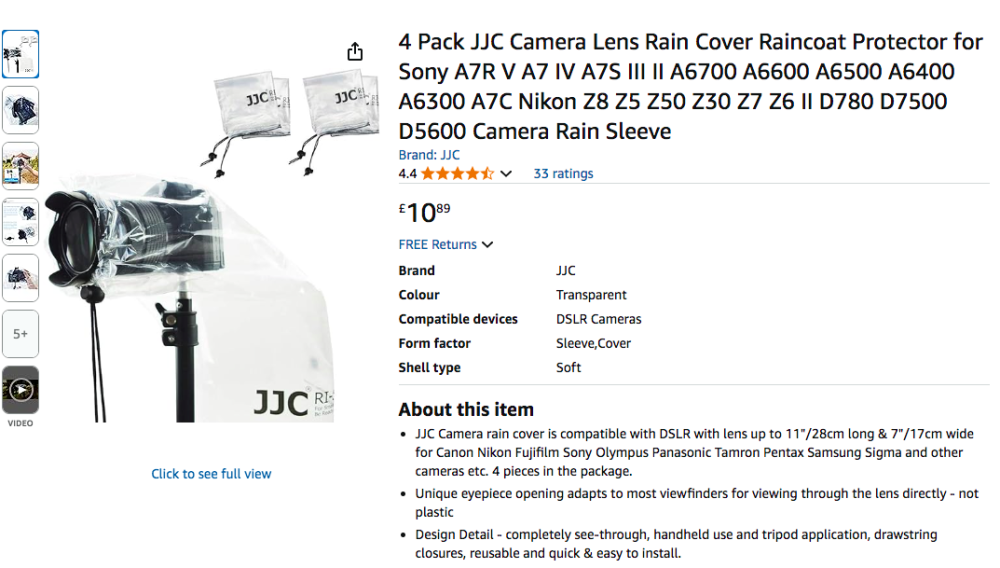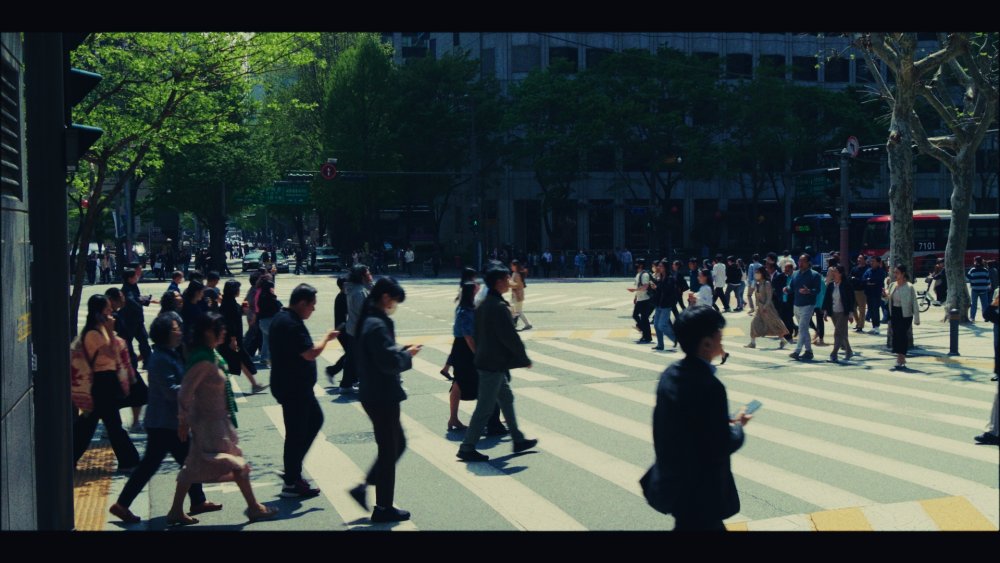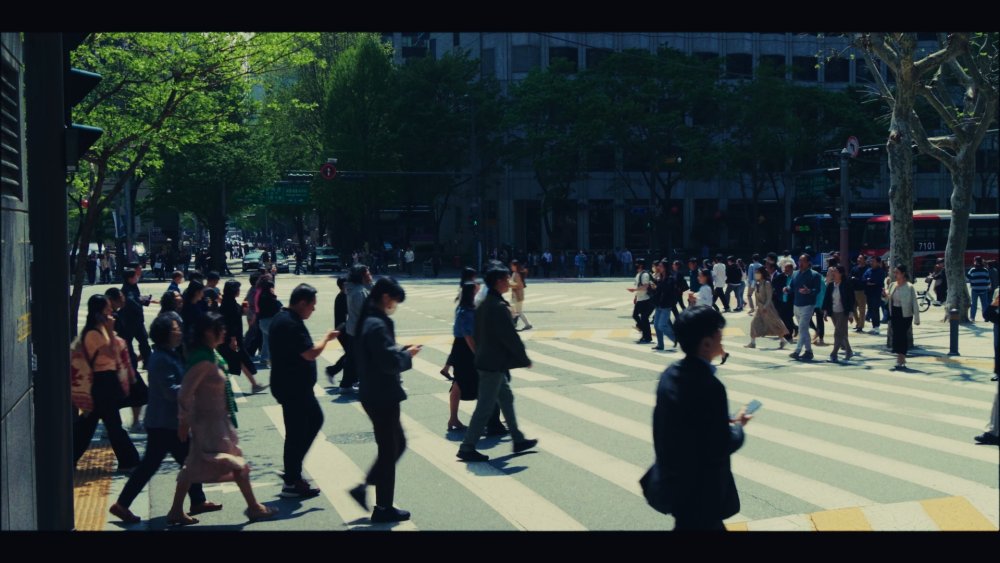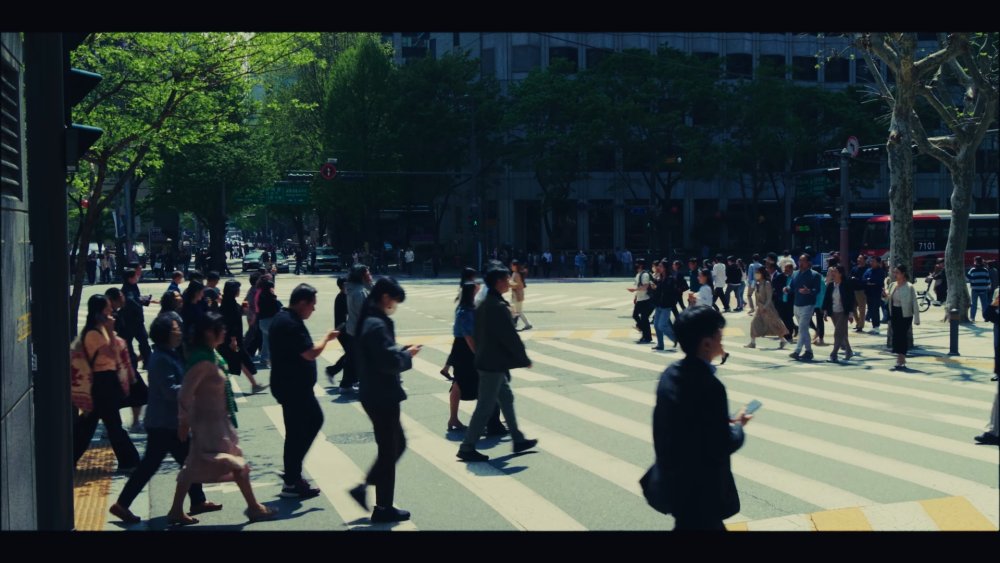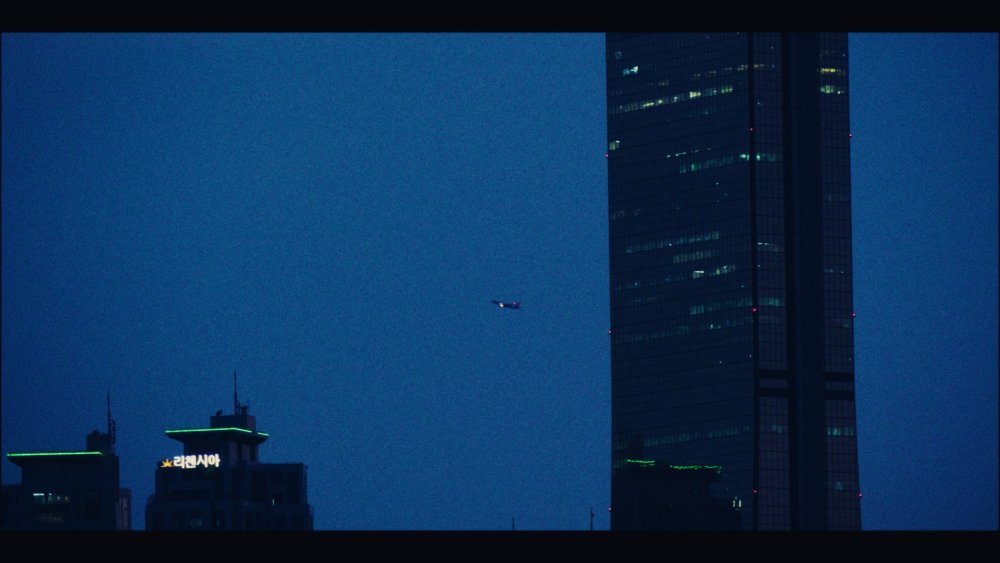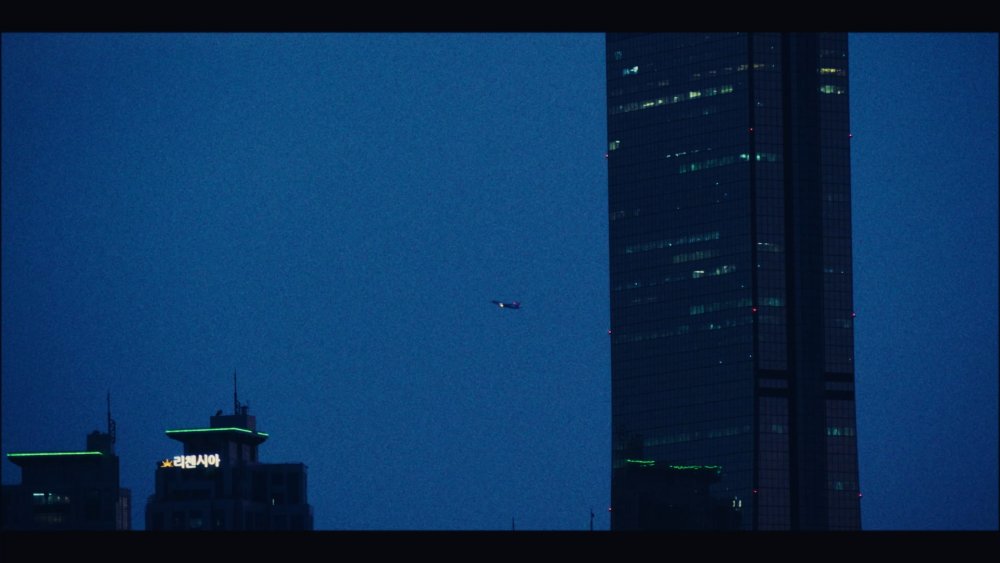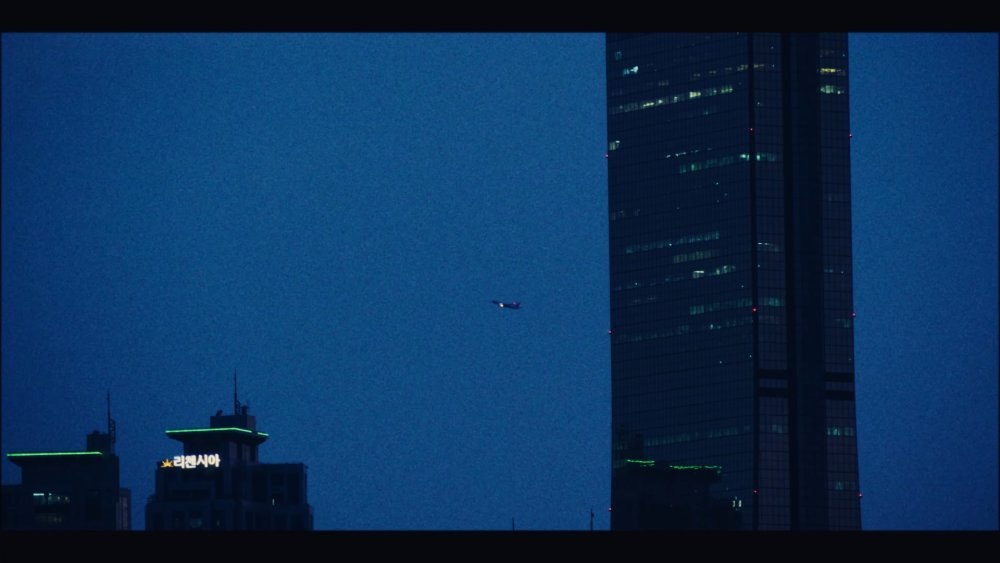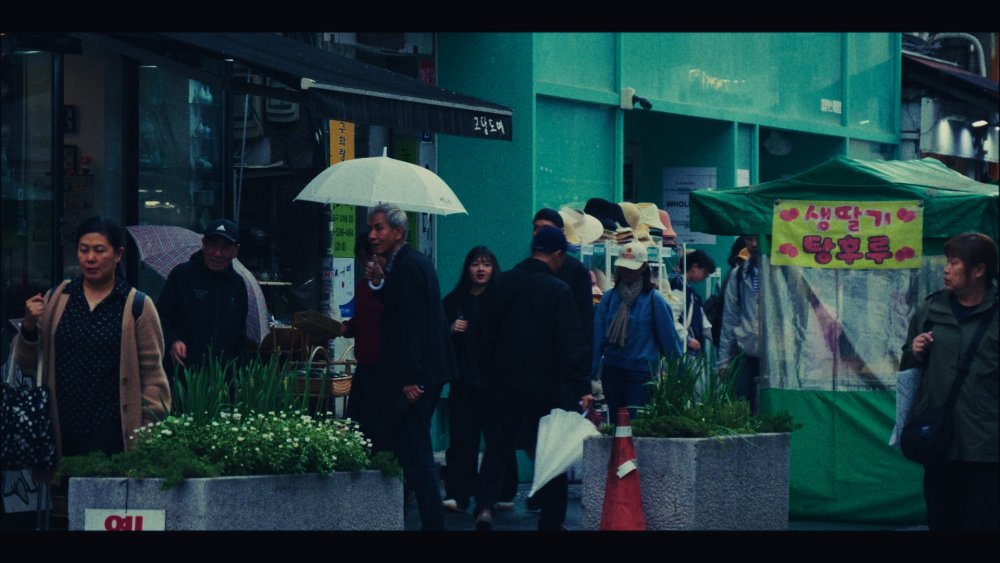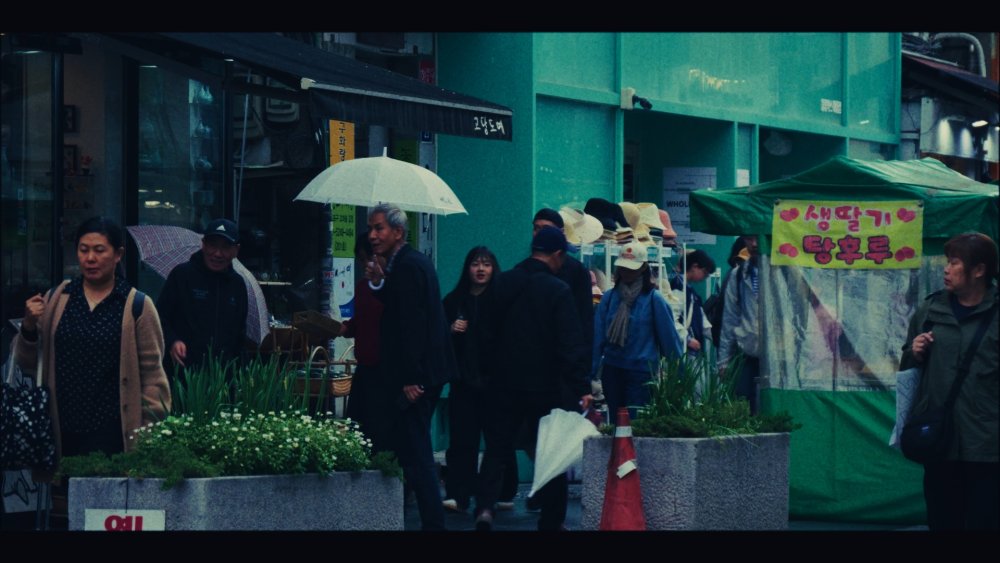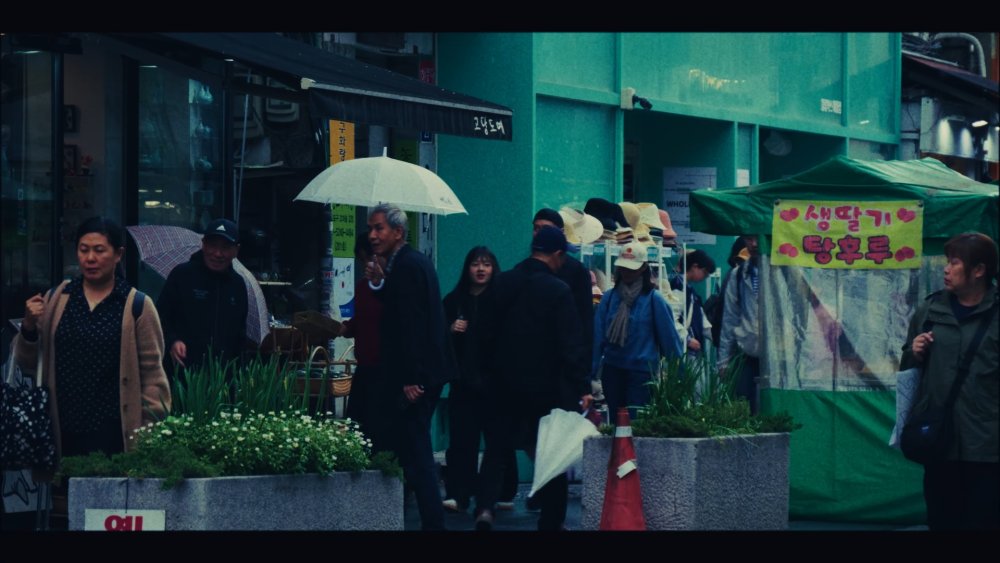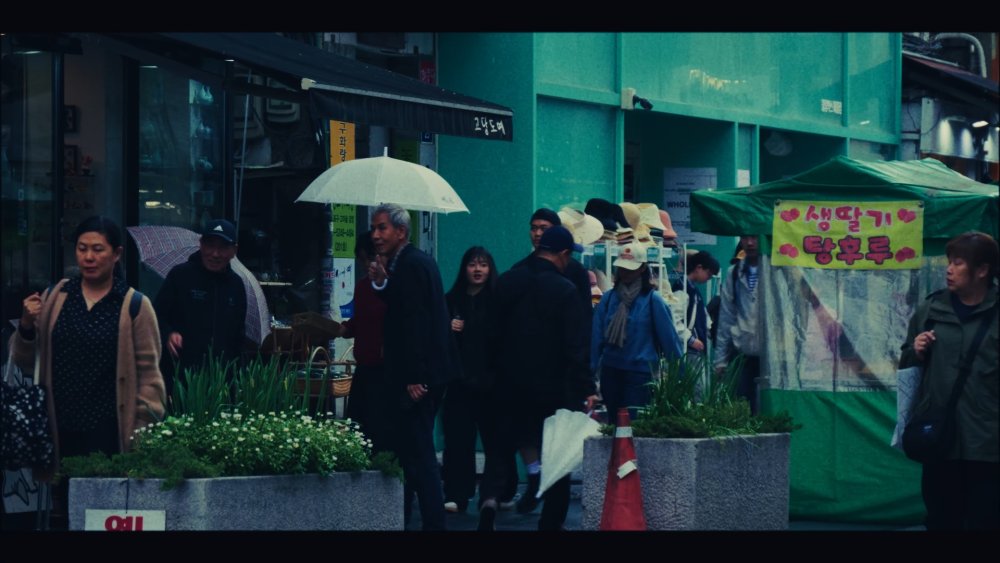Leaderboard
Popular Content
Showing content with the highest reputation on 08/08/2025 in all areas
-
@Tulpa If you are buying from scratch and don't have a lot of lenses etc in a particular format that you want/need to use then I'd be looking at this camera too. It is smaller and lighter than even the very compact GX-80/85. Compared to the bigger MFT offerings in the G and GH series then it is even more of a stark difference in form factor but it is also dramatically cheaper. Video specs, it shoots 4:2:2 10-Bit and has the open gate mode which for this sort of expedition might well be beneficial to you as you can more easily reformat the footage in different aspect ratios for social media etc. It has the colour profiles for ease of use but it also shoots in both flavours of F-Log so you can roll your own look. Lens wise, it has not only got a huge back catalogue of native lenses (a lot of which have stabilisation) and are plentiful on the used market but it also has a lot of fast compact 3rd party lenses like Viltrox which are available at the sort of prices we all remember MFT lenses being back in the day ! Obviously, it has the larger sensor too.... The "downsides" would be considered to be the lack of IBIS and having what appears to be a vague degree of weather resistance - I couldn't find any definitive answers on that one. The lack of IBIS may well actually prove to be a blessing in disguise if the camera is going to spend any amount of time on the handlebars while you traverse over what for large chunks of the journey will be less than smooth surfaces. Wear and tear over three years will be bad enough without throwing the fragile mechanisms into the mix. There is a reason why shows such as Top Gear went with the IBIS-less GH5s (although I'm not sure if the story of show wanting to use the GH5 minus it was actually the trigger for Panasonic to make that version is apocryphal or not). Whatever way you go, I'd spend some research time on the best shock mounting options as it will be a point of failure for any camera that you go with over that period of time. As for the weather sealing... Back in the dark distant past when I was a professional sports photographer using battleships like the D3/D4/D5 etc they could take a hammering but as soon as the rain/sleet/snow became a bit too much none of us were taking that chance that they were immune to it so out would come the covers for both the bodies and the lenses. Think Tank make good ones but they are all designed for bigger cameras rather than the X-M5 so on a more prosaic level, these are cheap and cheerful at less than £11 for a pack of four and won't take up much space. On a trip like this when you are likely going to encounter very real weather, I wouldn't take any chances with the weather sealing rating vague or otherwise of smaller cameras.2 points
-
Camera Choice: Cycle Touring Documentary?
Tulpa reacted to eatstoomuchjam for a topic
Just pointing out that "weather sealing" is useful for more than just filming in the rain. It's also protection against dust (which is a very common problem in arid areas). It's protection against something in your bag breaking open and leaking on the camera. Or your tent leaks in the rain at night and you had your camera sitting out. Or you just drop it in a puddle/fountain/shallow water for a second. And yes, it is good to understand how weatherproof something really is, but simply having gaskets around a lot of the buttons and on the lens mount is a big deal. And sealing on a zoom lens can be even more important in a dusty area so that zooming the lens doesn't suck in a ton of dust.1 point -
I also doubt that "weather resistant" is sufficient for the random deluges that are likely to happen over that duration of trip, although it's absolutely worth reading the manufacturers description of what "weather resistant" means, just so you know what they are thinking of when they use the phrase. It might be a lot more (or less) than what you might be thinking. This is something I have pondered for some time but haven't gotten around to. Better to just get something completely waterproof and be done with it. Then you can record in monsoon rains and get good footage of waist-deep water, which would be a highlight of the doco in itself. I would also suggest that the "bad weather low-light" situation isn't really that important. Realistically, if it's bad weather due to rain or due to dust at night then you can't see that much anyway. Just turn on your bike lights or headlamps and film the chaos. My setup doesn't cover the "long-zoom low-light" combination because it's not a thing that you need to shoot normally, and while it would be great to have, I have only ever wanted this combination for taking shots out of the hotel window at night in Seoul, and that's hardly a situation to design my whole setup around. I'm also surprised at how compact the 28-200mm lens is on the S9, it seems quite manageable.1 point
-

Camera Choice: Cycle Touring Documentary?
Tulpa reacted to John Matthews for a topic
I'm going to revise my choice for this type of use. Camping and biking mean to me that one camera might not suffice if going Panasonic. I do not think that the OM-3 will give acceptable levels of noise inside a tent at night unless with a small light; nor do I believe the S9 by itself will give acceptable levels of weather resistance (by the way, I doubt the Panasonic 14-140 does either even though it's rated weather resistant). Therefore, I would still go for the S9 with a 18mm f/1.8 lens for dark, inside a tent scenes and the 28-200. For bad weather, I'd get an action cam. This will eliminate bad-weather low light; maybe pick up a camera cover for the S9. At MPB, that setup will set you back 2500 euros. The other option is the "do everything" set-up with the OM-3 with the Olympus 14-150 ii and the Panasonic 9mm for about the same amount of money, but you'll be spending more on the camera (double!) for less quality output (but still great). If you are a disciplined shooter that usually uses a tripod and manual focus, there are options that will cost way less. That OM-3 setup is about 950g and the S9 + action cam setup is 1300g. Note: Camera size doesn't have the Panasonic 18mm list, but it's the same size as the 24mm. Again, this is for 10-bit with great IBIS and AF being the priority. I'd go with a much cheaper setup if it were me. I wouldn't want to take that expensive of gear out into the unknown. It's a close call though. There are so many good choices. It almost makes you say "screw it" and just use whatever you have with its limitations. If you're a creative, this is usually better.1 point -
This is hilarious… and exactly true! 😂 The other option is to just put this upcoming project aside and join a Buddhist monastery… but I’m going to try to take one last run at this type of thing and see what kind of ‘happiness’ it leads to. Lets see…1 point
-

Camera Choice: Cycle Touring Documentary?
John Matthews reacted to MrSMW for a topic
I wouldn’t and I think it’s a great bit of kit. But no weather sealing to speak of and it’s build I’d say is OK, but it’s not built like an OM-1. Or even close, that thing is built like a tank. Despite being a full-frame guy for photo and video, bike packing around the world, M4/3 for sure. I can’t see past Olympus/OM Systems for this kind of thing.1 point -
Camera Choice: Cycle Touring Documentary?
John Matthews reacted to eatstoomuchjam for a topic
The S9 isn't weather sealed, though, is it? It's not the only consideration, but I'd definitely consider that a "would be nice" for a multi-year bike tour which will probably include a lot of camping.1 point -
Yesterday I played around with FLC and grading some clips from Korea and the GH7 and 14-140mm. I plan to do a range of tests around settings for softening / sharpening / adding grain / other texture treatments in post, but YT compression is pretty diabolical so I'll need to do quite a number of upload tests to see what settings in Resolve get you what result on YT. I also went much bolder with the colours too, thinking of Gawx. This was a first attempt just to work out the ballpark of where to start. Probably the immediate takeaway is how the grain is quite different per shot, despite it being applied evenly to all shots. Here is a comparison between the timeline in Resolve, the 42Mbps h264 4K export, and the 12.6Mbps h265 4K YT download. Shot 1 - Resolve: Shot 1 - Export: Shot 1 - YT stream: Shot 2 - Resolve: Shot 2 - Export: Shot 2 - YT stream: Shot 3 - Resolve: Shot 3 - Export: Shot 3 - YT stream: Impressions: I'm told that film grain is most noticeable in the mids and shadows, so the distribution is consistent with film, which partly explains why the first image has less noticeable grain as most of the image is quite bright or quite dark. The sky shot seems to have lots of grain as it's a flat surface in the right luma range, but it seems that more grain is retained on the YT stream because there is less movement in the frame for the compression to cover. Whereas on the street scene the grain is considerably reduced despite having similar darker flat surfaces. I didn't apply any softening to this video, so the sharpness is direct from the 14-140mm -> GH7 5.7K to C4K downsample -> C4K 500Mbps Prores 422 -> 1080p timeline image path. The 14-140mm isn't tack sharp but it's not too bad. I've noticed in the past that grain can make images look sharper than they really are, but in this example the grain combined with the compression probably softens detail as a net result. I will definitely be exploring this relationship more. Film is known to have a sharpness of >1 at its maxima, so having some sharpening applied seems appropriate. Overall it seems to do a pretty good job capturing the grain, here's the next frame from the YT download so you can compare what is grain and what is detail and texture in the scene.1 point



